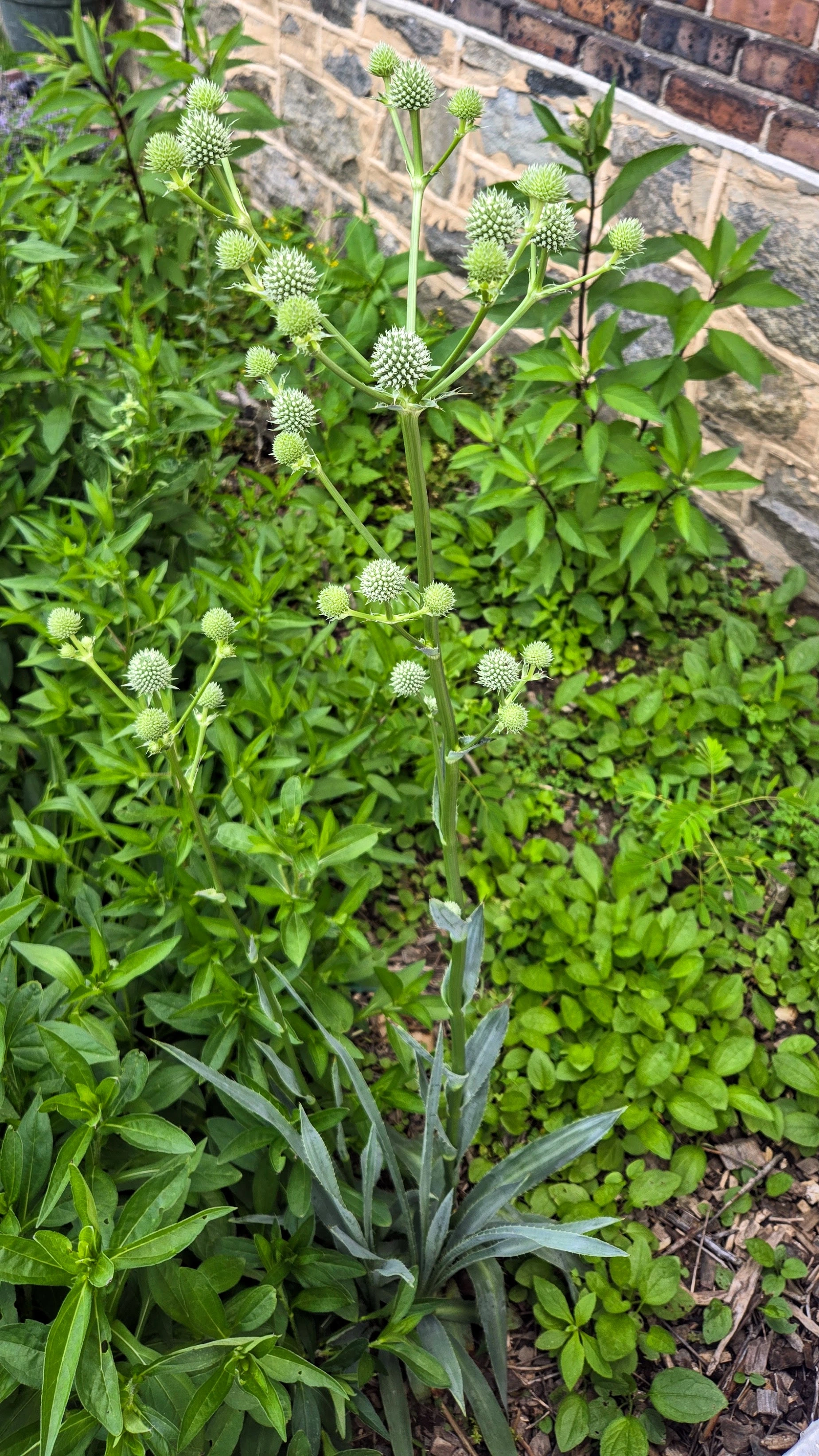Source with pictures of example soft landing gardens, plant lists tailored to the North American Eastern Temperate Forests can be found:
https://www.pollinatorsnativeplants.com/softlandings.html
Oaks are universally the top keystone trees that support moths and butterflies. Across the United States, more than 940 types of caterpillars feed on oaks (Quercus).
Top genera: Oak, Willow, Cherry, Pines, Poplar
Lepidoptera in image: Great oak dagger moth, Luna moth, Red-banded hairstreak, Eastern buck moth
Many of the moths and butterflies that feed on oak trees must complete their life cycles in the duff and leaf litter (i.e., soft landings) near or beneath the tree, or below ground.
Lepidoptera in image: Blinded sphinx moth, Juvenal's duskywing, Hog moth
Creating soft landings under the dripline of oaks (as well as any other tree) invites all kinds of beneficial insects to complete their life cycles in your yard.
A number of beneficial insects such as fireflies, bumble bees, beetles, and lacewings need soft landings to survive.
Lepidoptera in image: Edwards hairstreak, Skiff moth, Pink-striped oakworm
Planting intentional soft landings under keystone trees builds healthy soil, provides food for songbirds and pollinators, sequesters more carbon than turf grass, and reduces time spent mowing.
Other ways to support insects that spend a phase of their life cycle beneath trees include eliminating landscape fabric and decreasing mowing to reduce soil compaction.
DON'T FORGET TO LEAVE THE LEAVES UNDER YOUR TREES!










The link in the post body has some tips on how to do so responsibly. Might be worth sharing with your neighbors!